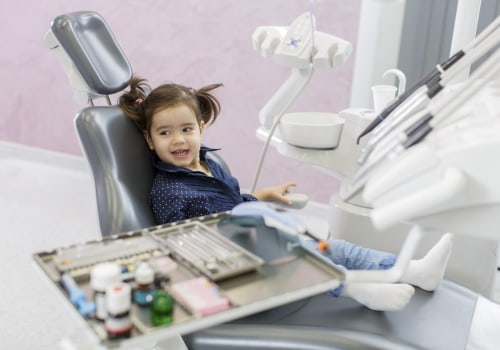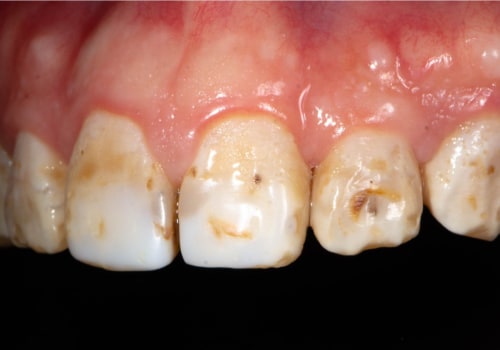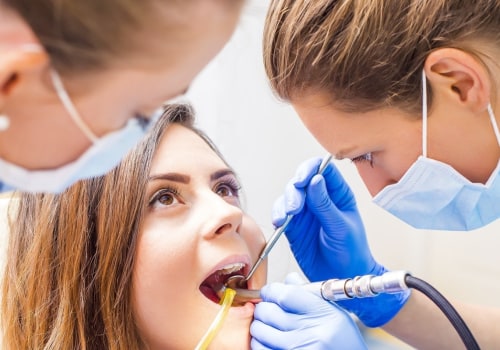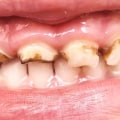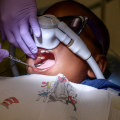The Importance of Early Orthodontic Care for Children
Orthodontic care plays a crucial role in maintaining the oral health and overall well-being of children. Early orthodontic intervention is vital for correcting dental issues before they become more severe. In this article, we will explore the significance of early orthodontic care for children, emphasizing the long-term benefits it provides.
What is Early Orthodontic Care?
Early orthodontic care refers to the proactive management of dental and jaw alignment issues in children. It involves an evaluation of the child's oral health by an orthodontist to detect any potential problems. The earlier orthodontic issues are identified and treated, the better the chances of successful intervention and the prevention of more severe complications in the future.
Benefits of Early Orthodontic Care
1. Improved Dental Alignment: Early orthodontic care helps correct dental misalignments such as crowded or crooked teeth, overbites, underbites, and crossbites. By addressing these issues at a young age, children can enjoy a straighter and healthier smile.
2. Enhanced Facial Development: Certain orthodontic problems can affect a child's facial growth and appearance. Timely intervention can guide the proper development of the jaw, leading to a balanced facial structure.
3. Prevention of Dental Issues: Correcting orthodontic problems in the early stages can prevent the development of more severe dental issues later on. Misaligned teeth are more challenging to clean, increasing the risk of cavities, gum disease, and tooth decay.
4. Improved Speech and Chewing Abilities: Orthodontic issues can affect a child's speech development and ability to chew food properly. Early intervention helps address these problems, allowing children to communicate effectively and maintain good oral health.
Common Orthodontic Issues in Children
1. Crowding: When there is insufficient space for permanent teeth to erupt, crowding occurs. Early orthodontic treatment can create space and guide teeth into their correct positions.
2. Malocclusions: Malocclusions refer to improper bites, such as overbites, underbites, and crossbites. These can lead to difficulties in speaking, chewing, and increased risk of dental problems.
3. Thumb Sucking: Prolonged thumb sucking can cause misalignment of teeth and improper jaw growth. Early orthodontic care can help address this habit and minimize its impact.
When to Start Early Orthodontic Care?
The American Association of Orthodontists recommends that children have their first orthodontic evaluation by the age of seven. At this age, the permanent teeth begin to emerge, and orthodontic issues can be detected and addressed promptly. However, the appropriate age for intervention may vary depending on the child's specific needs, and it is best to consult with an orthodontist for personalized guidance.
Orthodontic Care Benefits
Orthodontic care provides numerous benefits for individuals of all ages, particularly children. By addressing orthodontic issues early on, children can enjoy improved dental health, enhanced facial development, and better overall well-being. Let's explore some of the key benefits of early orthodontic care for children:
Improved Dental Alignment
One of the primary goals of early orthodontic care is to correct dental misalignments in children. Issues such as crowded or crooked teeth, overbites, underbites, and crossbites can be effectively addressed during this stage. By guiding the teeth into their proper positions, orthodontic treatment ensures a straighter and healthier smile for children.
Enhanced Facial Development
Certain orthodontic problems can impact a child's facial growth and appearance. For example, severe overbites or underbites can affect the development of the jaw, leading to an imbalanced facial structure. Early orthodontic intervention helps to guide the jaw into its proper alignment, promoting balanced facial development and overall aesthetics.
Prevention of Dental Issues
Addressing orthodontic problems in the early stages can help prevent the development of more severe dental issues in the future. Misaligned teeth are more challenging to clean effectively, increasing the risk of cavities, gum disease, and tooth decay. By correcting these issues early on, children can maintain optimal oral health and reduce the likelihood of future dental complications.
Improved Speech and Chewing Abilities
Orthodontic issues can impact a child's speech development and ability to chew food properly. For instance, severe malocclusions can interfere with clear pronunciation and make it difficult to bite and chew food. Early orthodontic care can help address these problems, allowing children to communicate effectively and maintain proper nutrition through efficient chewing.
Boosted Self-Esteem and Confidence
Crooked or misaligned teeth can have a significant impact on a child's self-esteem and confidence. Children may feel self-conscious about their smile, leading to social anxiety and a reluctance to engage in activities where their appearance is noticeable. Early orthodontic treatment can help children achieve a straighter smile, improving their self-image and boosting their overall confidence.
Increased Treatment Effectiveness
Early orthodontic care takes advantage of a child's growth and development to achieve optimal treatment outcomes. During childhood, the jaw is still growing, which makes it easier to guide teeth into their desired positions. By intervening early, orthodontists can take advantage of the natural growth process, resulting in shorter treatment times and more effective outcomes.
When to Consider Early Orthodontic Care?
The American Association of Orthodontists recommends that children have their first orthodontic evaluation by the age of seven. However, every child is different, and the appropriate age for intervention may vary depending on individual needs. It's crucial to consult with an orthodontist to determine the best time to start early orthodontic care for your child.
Early orthodontic care offers numerous benefits for children, including improved dental alignment, enhanced facial development, prevention of dental issues, improved speech and chewing abilities, boosted self-esteem, and increased treatment effectiveness. By addressing orthodontic problems at an early age, parents can help their children achieve healthy and beautiful smiles that last a lifetime. If you have concerns about your child's dental alignment, consult with an orthodontist to explore the best options for early orthodontic intervention.
FAQs
Q: How long does early orthodontic treatment usually last?
A: The duration of early orthodontic treatment varies depending on the complexity of the case. Typically, it can range from several months to a few years. Regular visits to the orthodontist will be required to monitor progress and make necessary adjustments.
Q: Are braces the only option for early orthodontic care?
A: No, braces are not the only option. Orthodontic treatment for children may involve various approaches, including removable appliances, aligners, or space maintainers. The orthodontist will recommend the most suitable treatment plan based on the child's needs.
Q: Will early orthodontic care eliminate the need for braces in the future?
A: Early orthodontic care can address certain issues and reduce the severity of orthodontic problems. However, braces may still be necessary during adolescence to achieve optimal alignment and ensure long-term oral health.
Conclusion
Early orthodontic care is essential for maintaining the oral health and overall well-being of children. By addressing orthodontic issues at an early age, parents can ensure their child's teeth and jaws develop properly, leading to a lifetime of healthy smiles. If you have concerns about your child's dental alignment or bite, consult with an orthodontist to explore the best options for early orthodontic intervention.

